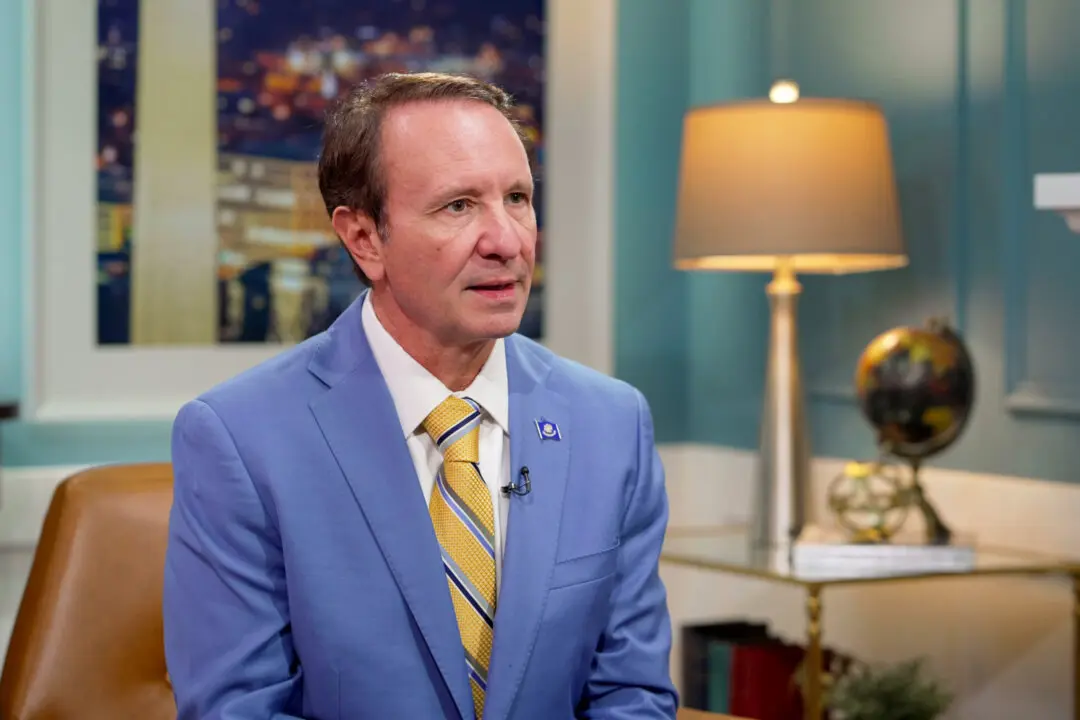“White flight” is one of those terms that drips with resentment and feeds on self-hatred.
As a label for the mass movement of white Americans out of cities during the 20th century, it’s no friendlier than “gentrification,” used to define the reverse movement over recent decades. But many white people, such as “White Fragility” author Robin DiAngelo, adopt and promote such self-abasing language. Why would any group make sense of themselves in such overtly hostile terms? How did it come about?






